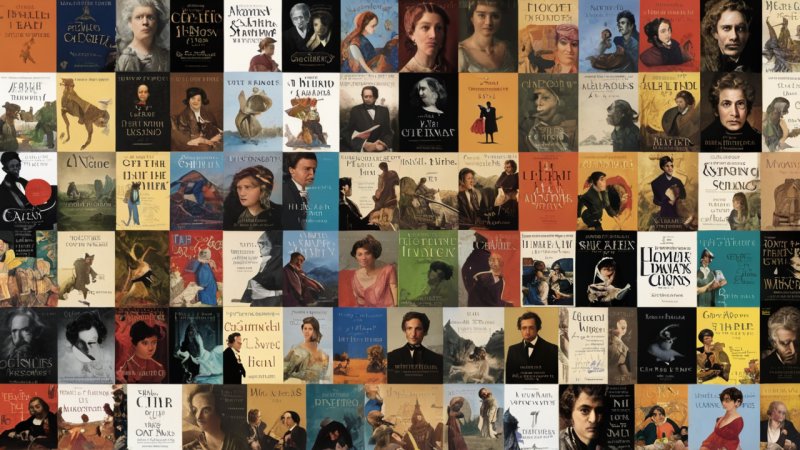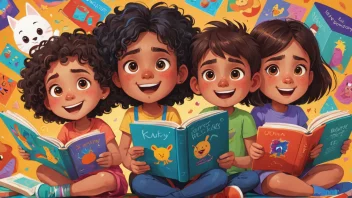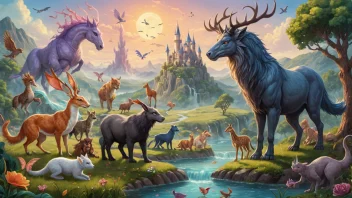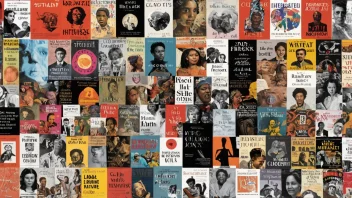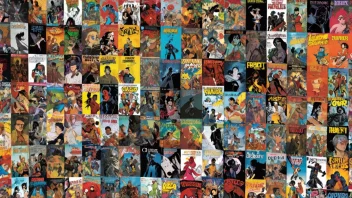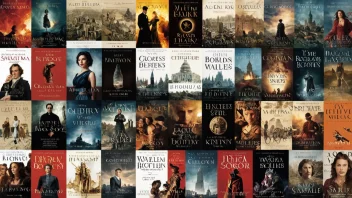1. The Birth of the Novel: "Don Quixote" by Miguel de Cervantes
Don Quixote, published in two parts in 1605 and 1615, is often hailed as the first modern novel. Cervantes' exploration of reality versus illusion set the stage for narrative depth and character development, influencing countless authors and the evolution of the novel as a genre.
2. The Gothic Revolution: "Frankenstein" by Mary Shelley
Mary Shelley's Frankenstein, published in 1818, is a cornerstone of the Gothic genre, intertwining themes of creation, isolation, and morality. This groundbreaking novel paved the way for future horror and science fiction literature, introducing complex characters that grapple with profound ethical dilemmas.
3. The Rise of Realism: "Madame Bovary" by Gustave Flaubert
Madame Bovary, released in 1856, is a seminal work in the realist genre, presenting a stark portrayal of mid-19th century French society. Flaubert's meticulous attention to detail and character psychology influenced the development of realism and set a new standard for narrative techniques.
4. The Birth of Modernism: "Ulysses" by James Joyce
Ulysses, published in 1922, is a hallmark of modernist literature, employing stream-of-consciousness narration and experimental structure. Joyce's innovative approach to language and narrative challenged traditional storytelling, inspiring a new wave of literary experimentation.
5. The Voice of the Disenfranchised: "Their Eyes Were Watching God" by Zora Neale Hurston
Their Eyes Were Watching God, published in 1937, is a significant work in African-American literature and a crucial text in the feminist canon. Hurston's exploration of race, gender, and identity laid the groundwork for future writers to explore marginalized voices and experiences.
6. The Postmodern Shift: "Beloved" by Toni Morrison
Beloved, released in 1987, is a pivotal work in postmodern literature, blending historical fiction with magical realism. Morrison's treatment of trauma and memory redefined narrative possibilities and opened discussions on race and history in literature.
7. The Impact of Magical Realism: "One Hundred Years of Solitude" by Gabriel Garcia Marquez
One Hundred Years of Solitude, published in 1967, is a defining work of magical realism, intertwining the fantastical with the historical. Marquez's novel has influenced writers across genres, demonstrating the power of blending reality and imagination.
8. The Exploration of Identity: "The Catcher in the Rye" by J.D. Salinger
The Catcher in the Rye, released in 1951, is a quintessential coming-of-age novel that explores themes of alienation and identity. Salinger's unique voice and narrative style have shaped the young adult genre, resonating with generations of readers.
9. The Feminist Awakening: "The Handmaid's Tale" by Margaret Atwood
The Handmaid's Tale, published in 1985, is a powerful dystopian novel that examines issues of gender, power, and autonomy. Atwood's work has ignited critical discussions around feminism in literature, influencing both literary and cultural discourse.
10. The New Voices: "The Brief Wondrous Life of Oscar Wao" by Junot Diaz
The Brief Wondrous Life of Oscar Wao, released in 2007, merges historical narrative with contemporary themes, offering a fresh perspective on the immigrant experience. Diaz's innovative storytelling has revitalized interest in genre-blending and diverse voices in literature.
Classic literature has not only entertained but has also profoundly shaped the development of literary genres. Each of these works serves as a cornerstone, influencing new generations of writers and readers alike. By examining these classics, we gain insight into the evolution of storytelling and the enduring power of literature to reflect and challenge societal norms.
